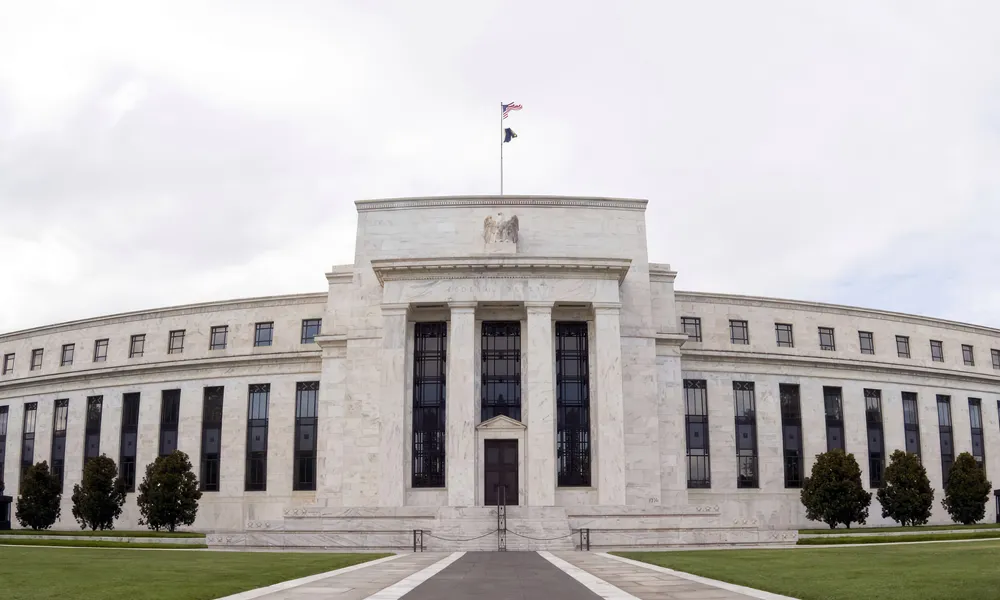The US Federal Reserve and the European Central Bank are set to move in different directions this week. Barring surprises, the Fed is expected on Wednesday to lower its policy rate by 25 basis points to a range of 3.75% to 4%. The ECB is expected to leave rates unchanged at its meeting on Thursday.
ECB outlook
The ECB’s deposit rate is set to remain at 2% for a third consecutive meeting since June, after a total reduction of 200 basis points over the past year. Signals from Frankfurt point to the end of the current easing cycle for now, pending any major shift in the euro area outlook for inflation or growth.
Forecasts by the ECB and international institutions align on inflation running near 2% through the end of this year and in 2026, with growth a little above 1% and recession risk seen as very low. Confidence on the Governing Council has strengthened following the EU–US trade agreement, which has eased uncertainty around the impact of US tariffs.
ECB President Christine Lagarde has said the euro area has weathered US tariffs better than expected, narrowing inflation risks. Vice-President Luis de Guindos called current rates appropriate, while repeating that decisions remain meeting by meeting. Bundesbank President Joachim Nagel likewise sees no case to change rates in the absence of new developments.
Market views are broadly consistent. In a Reuters poll of 88 economists, nearly three in four expect the ECB to keep the deposit rate at 2% through end-2025, and over half see no change even through end-2026. Money markets price only a marginal chance of one more 25-basis-point cut by late 2026.
Fed outlook
The Fed restarted rate cuts in September after a nine-month pause. It had held rates steady since last December, following Donald Trump’s election and the tariff-led policy agenda that raised near-term inflation risks. Because tariffs act like a tax on imports, the Fed adopted a wait-and-see stance to gauge the pass-through to prices and the broader economy.
US inflation did rise, reaching 3% year on year in September from 2.3% in April, when the so-called retaliatory tariffs were announced. The increase was smaller than many analysts and global bodies feared, in part because importers initially absorbed some costs in their margins. The IMF and OECD have warned that the full inflation impact may still be working through.
At the same time, growth momentum has cooled and the labour market has softened. Hiring has slowed to its weakest pace since the early pandemic period and unemployment has moved above 4%. Citing that slowdown, Fed Chair Jerome Powell resumed cuts last month and is expected to follow with another 25-basis-point reduction on Wednesday.
What to watch
For the ECB on Thursday: any change in language around risks to inflation and growth, and guidance on the horizon for reinvestments and balance-sheet settings.
For the Fed on Wednesday: the policy statement and Powell’s press conference for clues on the pace and extent of further easing if labour market slack continues to build.
Source: CNA
